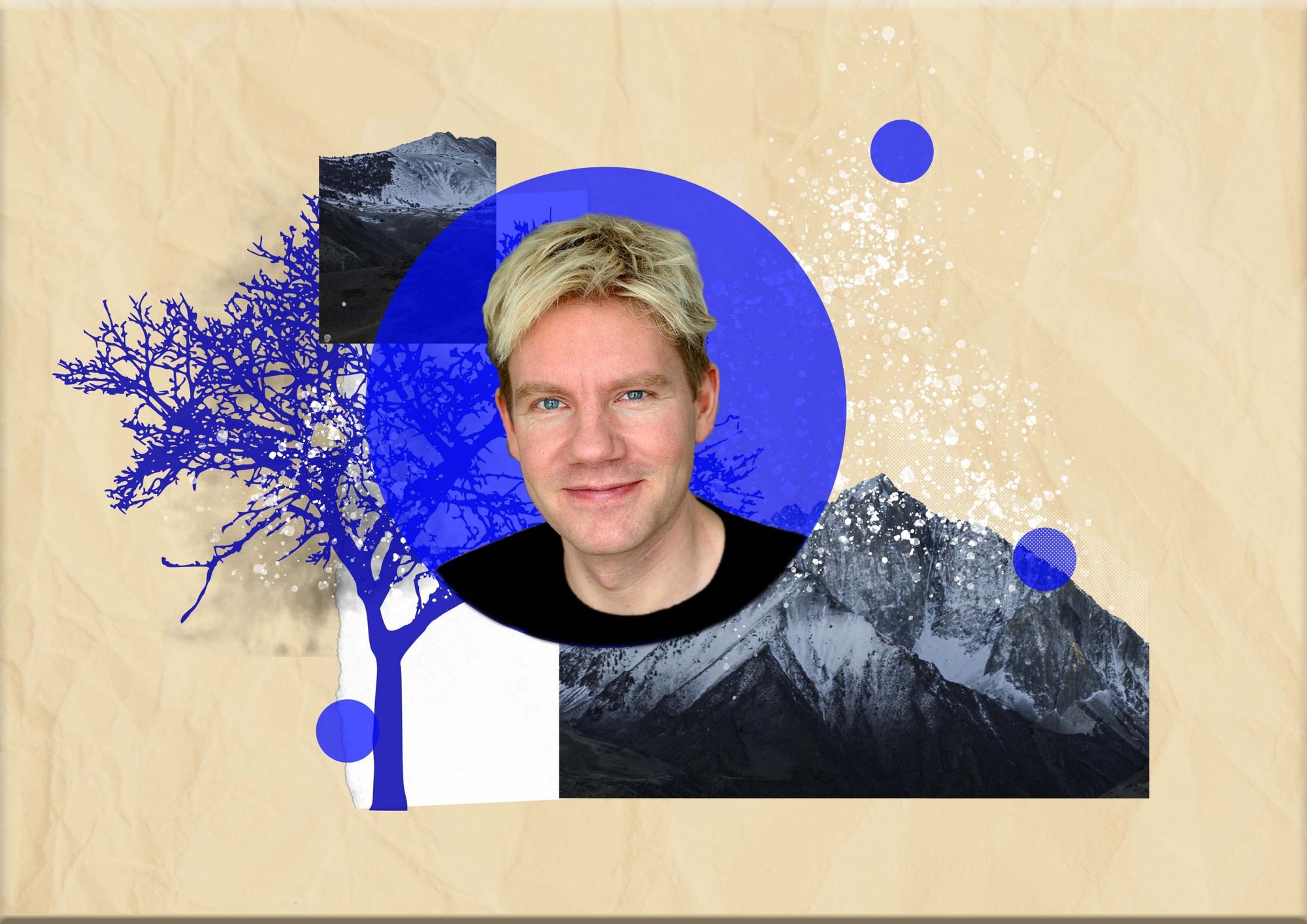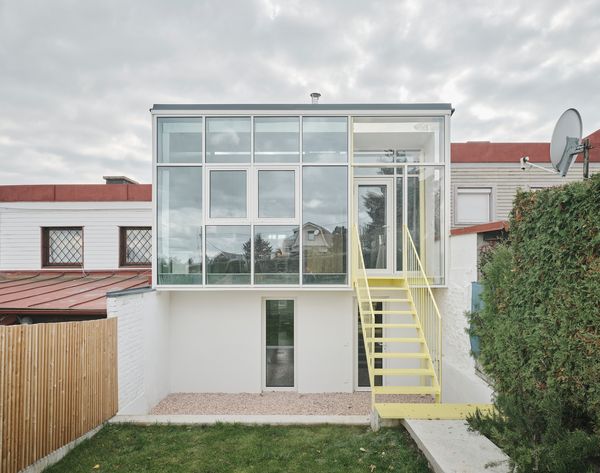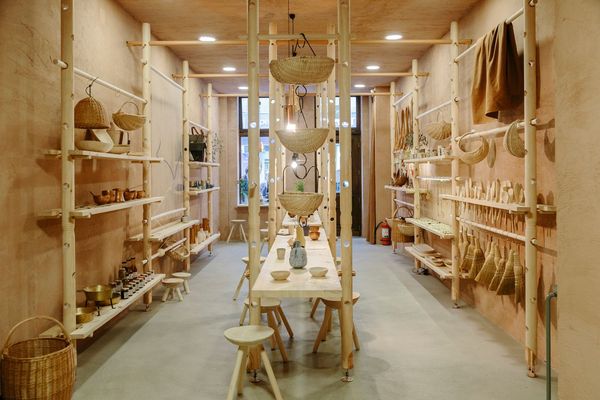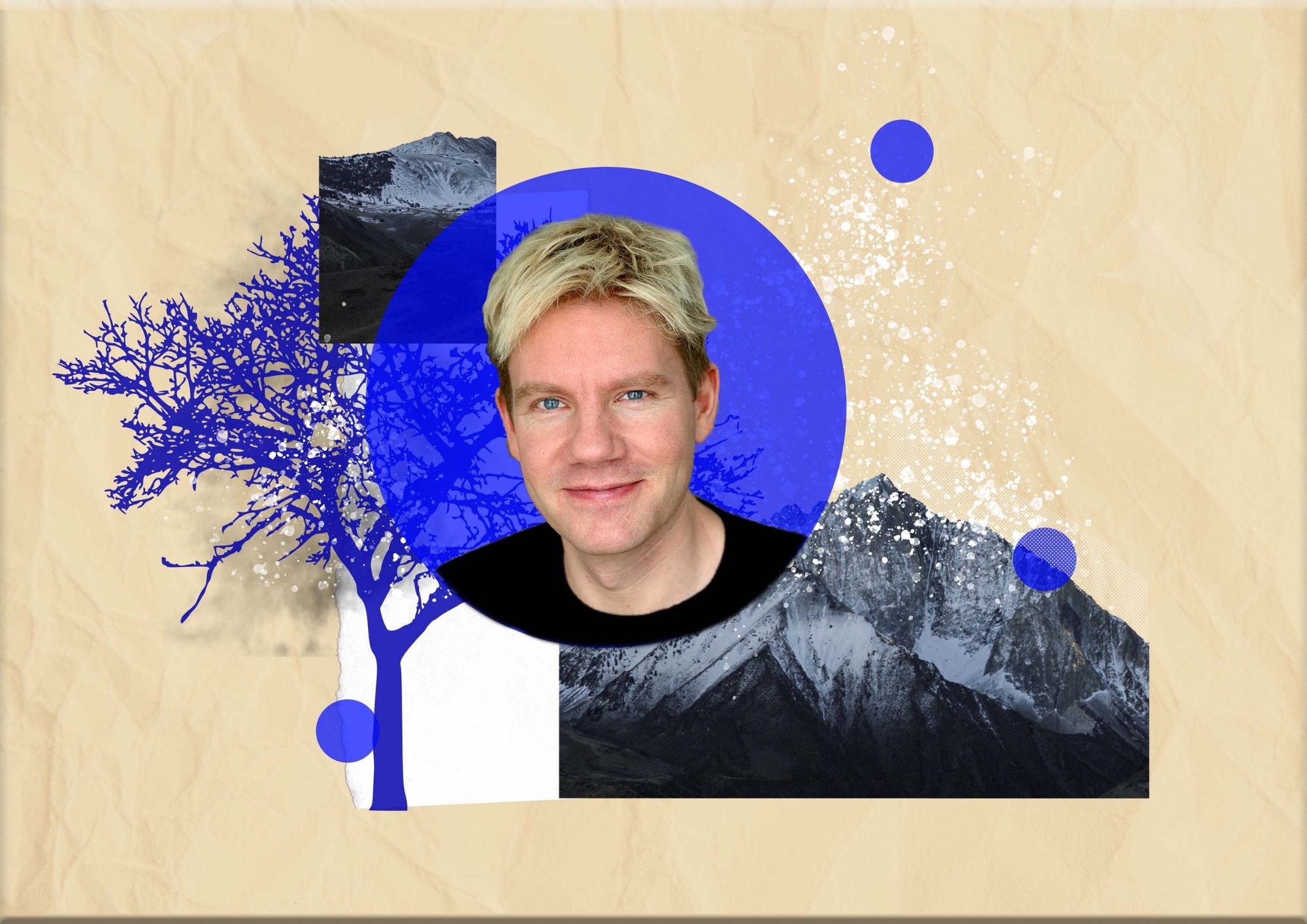Generations are panicking about climate change, but some people believe that innovation can solve the crucial problems of our future, which is perhaps not as horrendous as the media portray it. Interview with Bjørn Lomborg on innovation, third world development, and climate hysteria’s baselessness.
The title of your new book is False Alarm: How Climate Change Panic Costs Us Trillions, Hurts the Poor, and Fails to Fix the Planet. Why do you state that we overreact to the challenges of climate change?
Because that is what science fundamentally tells us. If you read the UN Climate Panel, it tells us that global warming is a problem. But it does not mean that this is the end of the world. However, that is what we hear from an enormous amount of the media and even the American President. I think the alarm is understandable, but it is not correct. Global warming is absolutely real; it is a man-made problem. For instance, sea levels will indeed rise. Because as the water gets warmer, it, just like everything else, expands. The UN estimates that it might increase by almost a meter by the century. A meter is more than nothing; it is undoubtedly a problem. Then climate activists usually ask: If you look around the world, how many people live within a meter of sea-level rise? It turns out that the answer is 187 million people. Then you say, so 187 million people will be replaced, that is many people, that is much impact. But it is wrong because in eighty years when we will be much richer, we will be able to build sea defenses. We will mostly adapt to the new situation. You have eighty years to get away from the very slowly rising sea level. Of course, this is not costless. It has actual costs, and thus global warming is a problem. Building sea defense walls will cost about 0.1% of GDP for the world. That is a lot, but it still certainly does not mean that the world will end. And that is what I am pointing out: if you pick a part of the story and say 187 million people, it is terrifying. But, in reality, it is a much lower number. It does not mean that there is no problem, but the problem is manageable. This is important because you will repeat what Greta Thunberg says if you are witlessly scared. That we should all panic and spend all our money on fighting against climate change; instead, we should spend it smartly and effectively.
As an average citizen in Europe or the US, how can I manage the climate panic generated by the media?
All politicians and most media slightly exaggerate the situation. We know that this generates clicks; they need to report on what people can resonate with. There is nothing special about climate. When you talk to people working in the education sector, they will say, we are teaching the kids in a wrong way, they are not prepared for the future, and education needs more money. If you talk to healthcare workers, they will say the same about their sector. You cannot really understand what that means when you hear that sea levels will rise and float 187 million people. When you talk about something in the distant future, and many scientists tell you that we could all be flooded and our kids could drown, it feels like something tough to counter. That is why I am saying that we must be honest when representing climate issues. Climate change is a problem, but not the end of the world. It is something that we can manage. Make sure you discount whenever Greenpeace tells you that this is the world’s end.
You said that in the future we must manage the situation. However, in your previous interviews, you stated that the EU’s regional and global green policies, such as the Green Deal, are not giving adequate answers to the challenges. So, what is the key to success?
The current approaches, such as the EU Green Deal, are essentially saying that let’s make the planet a little colder and humanity a little poorer, and then we fix some of the problems. Wealthy people might spend a little money on this, but you cannot persuade everyone in the world. Moreover, Europe is not the problem; Europe is just a very tiny part of the problem. If the US and all of Europe had reached net-zero today, the UN climate model would say that by the end of the century, temperatures would be 0.14 degrees lower. I do not say it is nothing, but it is very close to nothing. Tackling global warming is not about the EU. It is about getting China, India, the rest of Southeast Asia, Africa, and Latin America on board and telling them that they should be a little poorer and uncomfortable. That is just not going to work. They are much more focused on getting their populations out of poverty. We are essentially trying to do something now that is both expensive and unsustainable.

Could you give us further insight?
We saw before the crisis in Ukraine that energy prices were going up. Several factors have caused this, and not all of them are climate-related, but some are. We had a very low wind year in 2021, and we emptied most of our gas storage. Then suddenly, we did not have enough gas to back up our green energy, and the energy prices escalated. As a voter, I am willing to pay 100 euros or maybe even 200 euros to deal with climate change, but what the politicians suggest will cost 2,000 or even 5,000 euros per person per year. In the US, to reach net-zero is estimated to cost 11,000 dollars per person per year in 2050. Thus, we are essentially suggesting policies that not even rich people are willing to pay for. My argument is that we need a more thoughtful approach. I have identified two smart solutions. Firstly, we should focus. A carbon tax is necessary, but subsidizing renewables is not. The carbon tax can solve a tiny part of the problem. However, the central part of the solution for climate change is innovation, just like with all other significant issues. Over the last eighty years, innovation in green energy has been dramatically declining. In medic, healthcare, and many other areas, this was not the case. There are many reasons why energy innovation is not flourishing, but I think the main reason is that you want to subsidize solar energy when you think about energy reforms. You want to install a solar panel to show that you are doing something instead of funding researchers to develop a solution that will solve the issue in forty years. The situation is not good, but this is the only way we can do it. If we could invent green energy cheaper than fossil fuels, we would be done. In 2015 on the sidelines of the Paris Agreement, Obama, most of the European leaders, many Chinese stakeholders, and some of the world’s wealthiest people, including Bill Gates, met and called for mission innovation. They promised to double investment in green energy research and development. Doubling would have been great, but nobody did it. Because everybody still focuses on putting up solar panels rather than innovation. My point is that innovation is the only thing that will solve climate change.
I understand it, but innovation is fragmented. The US is doing its own innovation; and China is also doing its own innovation. Moreover, if we see the state of innovation in Europe, we are not in the best shape, to be honest. What do you think about the state of innovation in Europe in such a global competition?
You are absolutely right; we’re not spending nearly enough on innovation. In 2001 the EU decided it would go green, and it would become the most innovative continent in the world. They have done a lot with the former and almost nothing with the latter. People will not realize the importance of investments in long-term innovation until they are preoccupied with climate change, and everybody is running around like their hair is on fire. Innovation is not something that happens overnight. However, we should spend a lot more on it. Europe subsidizes solar panels rather than spending money on innovation and green energy. If we stop being scared, we can start thinking about doing stuff that will be good for us in the long term. Even if the Chinese innovated something, we can all benefit from it.
We have just talked about the issue of the countries of the Third World. In one of your previous interviews, you stated that 75 percent of the carbon emissions are from non-OECD countries. How can we put pressure or offer solutions to these countries?
You just put your finger on the main point. We cannot. Africa is still dealing with fundamental issues. African kids are dying from infectious diseases, there is not enough food, and education is inferior. You cannot tell them to stop developing and emitting carbon dioxide. And you cannot even blame them for wanting development. Therefore, I am again pointing out that innovation is the only way to solve climate issues. Imagine again that we innovate a green energy source cheaper than fossil fuels. Everyone would buy it, not because it is green, but because it is more affordable. In the 1970s, many people worried that the world would run out of food. The standard solution would have been to say that if we all eat a little less in the Global North, we can save some food that we can then send down to Africa. But that is not a sustainable solution. The real solution that fixed the problem was again innovation. We innovated much more productive seeds; thus, every hectare of an agricultural area now produces a lot more food. This is how India became the world’s leading rice exporter from a country suffering from starvation.
Bjørn Lomborg is a Danish author and president of the think tank Copenhagen Consensus Center. He is the former director of the Danish government’s Environmental Assessment Institute (EAI) in Copenhagen. Lomborg became internationally known in 2001 for his best-selling and controversial book, The Skeptical Environmentalist. He argues that many of the costly measures and actions adopted by scientists and policymakers to meet the challenges of global warming will ultimately have minimal impact on the world’s rising temperature. Lomborg has previously been listed among the most prominent and influential environmental thinkers by Time Magazine, the Guardian, the World Economic Forum, and the Foreign Policy and Prospects.
Bjørn Lomborg came to Budapest, Hungary, to Mathias Corvinus Collegium at the invitation of the Climate Policy Institute.

A drop of Bauhaus in the new collection of Modus Design

A reimagined Viennese monument from the twenties










